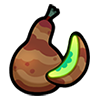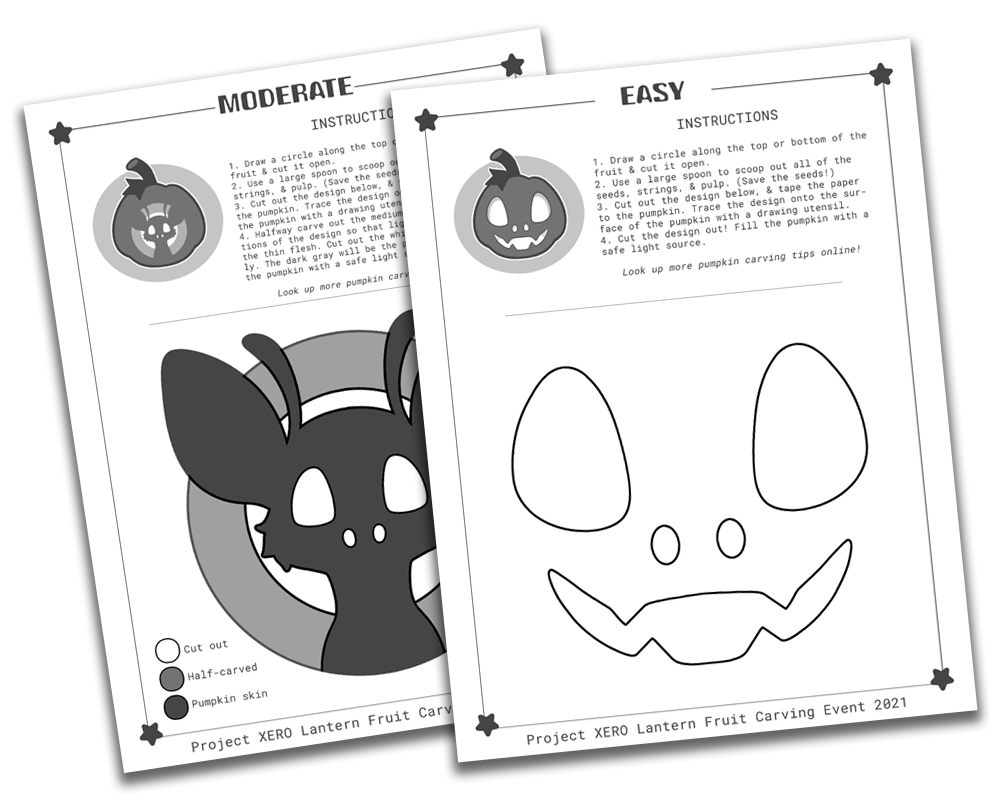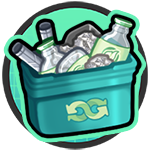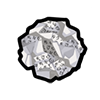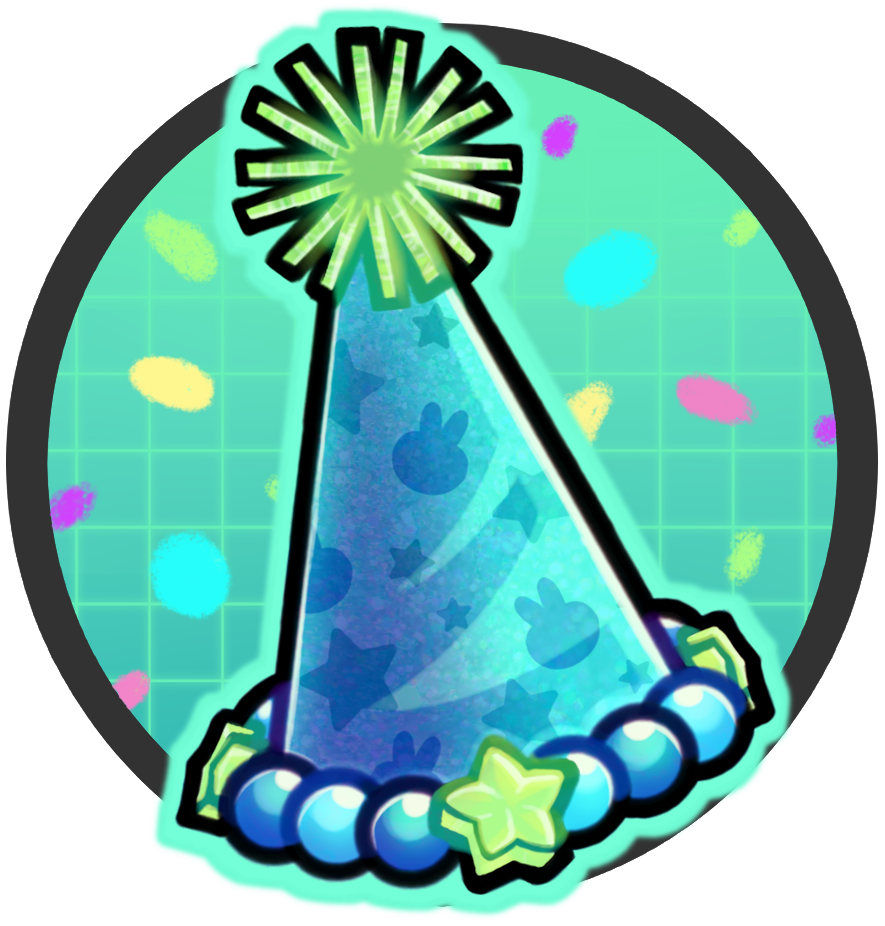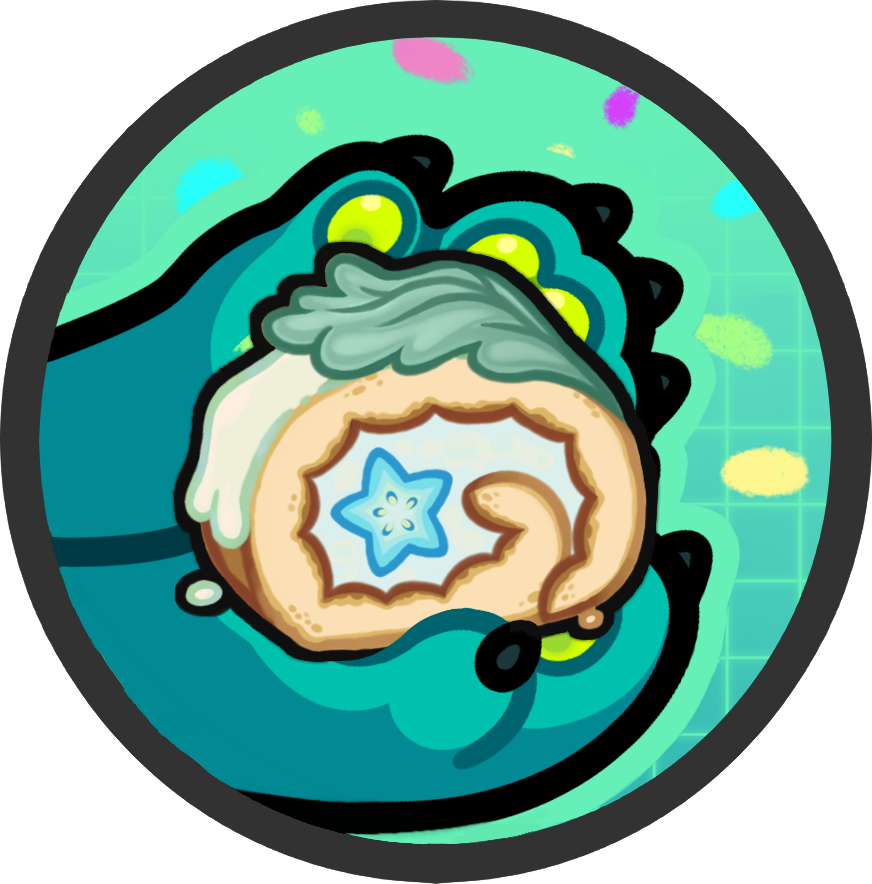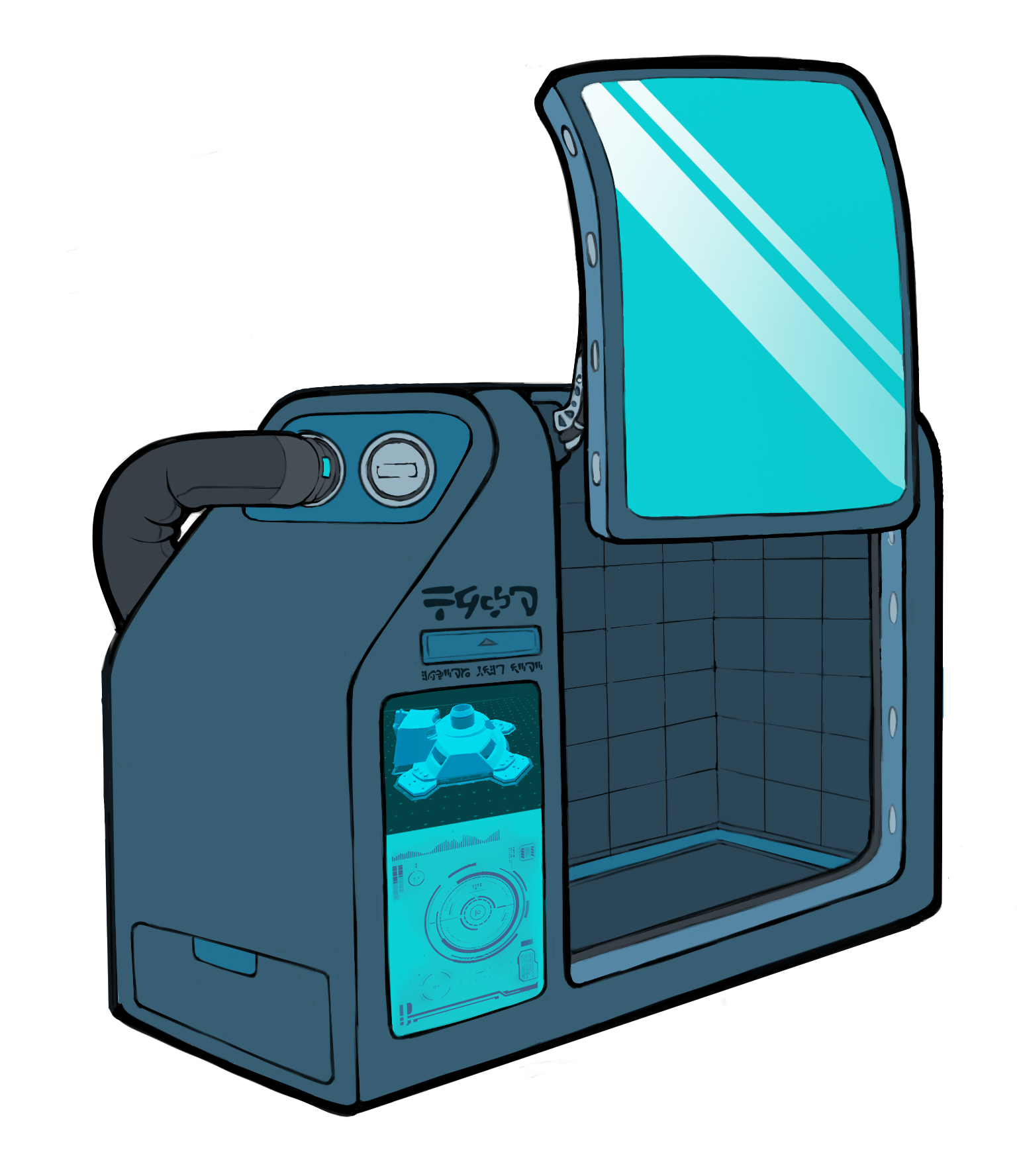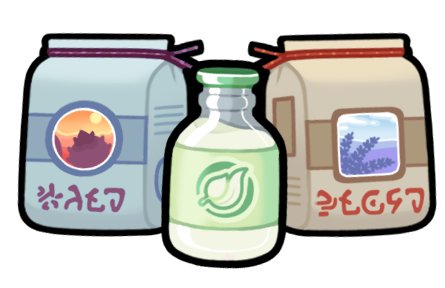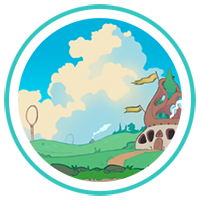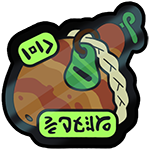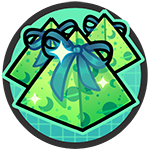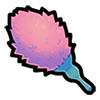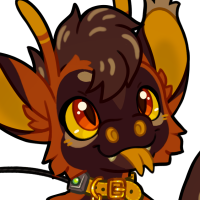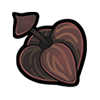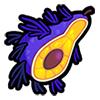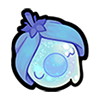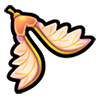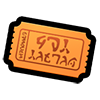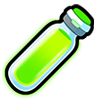The economy in Project Xero has been largely unchanged since the game was introduced in June of 2021. We are planning on reworking scaling for currency, items, MYOs, rewards, and more. This change is being made because we have found our current system based around 300 Prestige too restrictive. Rebalancing this system will ensure users will have much more to do and that items obtained through site activities can be sold for appropriate amounts.
Essentially, the issue is that the biggest item available for purchase with Prestige (the 300 P MYO) dictates our "Prestige ceiling". Because this number was so low, it means that any currency users can earn from site activities (prompts, selling forageables, upcoming game features, etc.) must be much lower than this number in order to allow users to 'save up' for the big reward.
This poses a problem when setting resale prices on certain items, such as common items like stones. The minimum amount of Prestige an item can have set for resale is 1, but if someone has 100 stones in their inventory, suddenly they can be 1/3rd of the way to a MYO. This low ceiling also makes it difficult for us to add new game features (Some of which are nearly ready to be implemented!) because we want MYOs to be something players can look forward to saving up for, not something you can get instantaneously.

To summarize, the 300  MYO is too low of a ceiling currently and makes it too difficult to properly divide prompt or game rewards and item resale prices within it. We are scaling up the system entirely, including costs of items, resale prices for items, and rewards for prompts.
MYO is too low of a ceiling currently and makes it too difficult to properly divide prompt or game rewards and item resale prices within it. We are scaling up the system entirely, including costs of items, resale prices for items, and rewards for prompts.
KEY POINTS:
- Prestige will be increased from a scale of 100s to a scale of 1,000s.
- Almost all items will be able to have a resale value, with a minimum of 1 P
- Prompt rewards will be increased to reflect the new scale.
- Trait item prices have been increased from their original price to reflect the new scale.
- Prestige MYO price has been increased to reflect the new scale.
- We are ready to add several new game/site features to help give users more ways to earn currency with this economic change and use the items they have gathered.
We believe for the future of the site and species, these changes will improve QoL for both our new and established players. As Project Xero enters its third year, we have always made a point to communicate with the community that things they are used to may change and scale as time goes on. This is a substantial change compared to the proposed update last year, but we are certain that users will be able to adapt quickly.
NUMBERS BREAKDOWN:
Before you look at these large numbers and panic, Prestige earned from prompts & activities are being scaled up as well.
This number increase is PURELY to have a higher Prestige ceiling. Our goal is to keep the process of earning your MYO(s) roughly about the same as current, just with an overall better economic system for the rest of the games and items. Hopefully, this makes sense to you all!
Current MYO Price: 300 Prestige
Proposed MYO: 30,000 Prestige
Current Standard Trait: 5 Prestige
Proposed Standard: 500 Prestige
Current Unusual Trait: 10 Prestige
Proposed Unusual: 1000 Prestige
Current Notable Trait: 15 Prestige
Proposed Notable: 3000 Prestige
Current Anomaly Trait: 25 Prestige
Proposed Anomaly: 5000 Prestige
Seasonal Trait: Limit of 1 per person in-store, additional free ones can be earned for a limited time in decent amounts by participating in event activities.
Current Seasonal: 25 Prestige
Proposed Seasonal: 7500 Prestige
In addition to the scale changing, there is also a bit of an increase in some of the trait’s rarity. Standard and Unusual trait items will remain very common and fairly easy to get by playing the game normally. However Notable, Anomaly, and Seasonal traits will now be more rare and will require frequent engagement/effort/time to obtain. Just like in Neopets or other similar games, part of the appeal of playing is to save up to get the rarer customization options. We feel if all options remain fairly equal in rarity and obtained in abundance, interest in continued interaction tends to drop a lot.
Currently, MYOs and most trait items are extremely abundant. Part of this is because of the current scale being so low, but the other part of this comes down to the need for more ways to spend Prestige. These are issues we are aware of and actively working on rectifying! We understand these changes may sound intimidating at first, but we have put in tremendous effort to ensure our changes are balanced to the best of our ability, including reaching out to community members for feedback.
We are certain this economic update is the best way forward for ProjectXero at large.
❗ THIS UPDATE WILL GO LIVE ON February 5th ❗
Feel free to do prompts, activities, and purchase any items or MYO slots with the current system before this economic update goes live!

